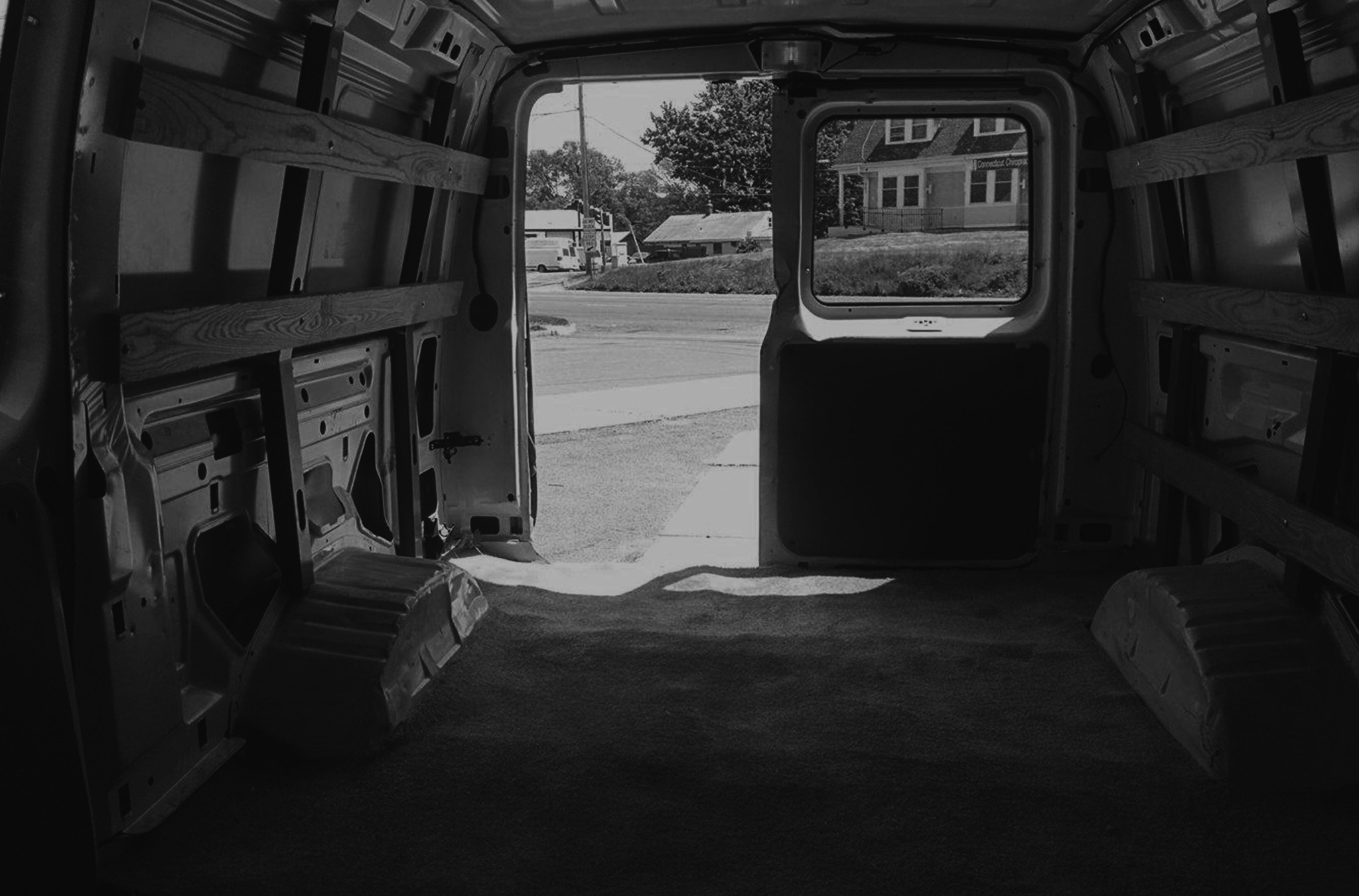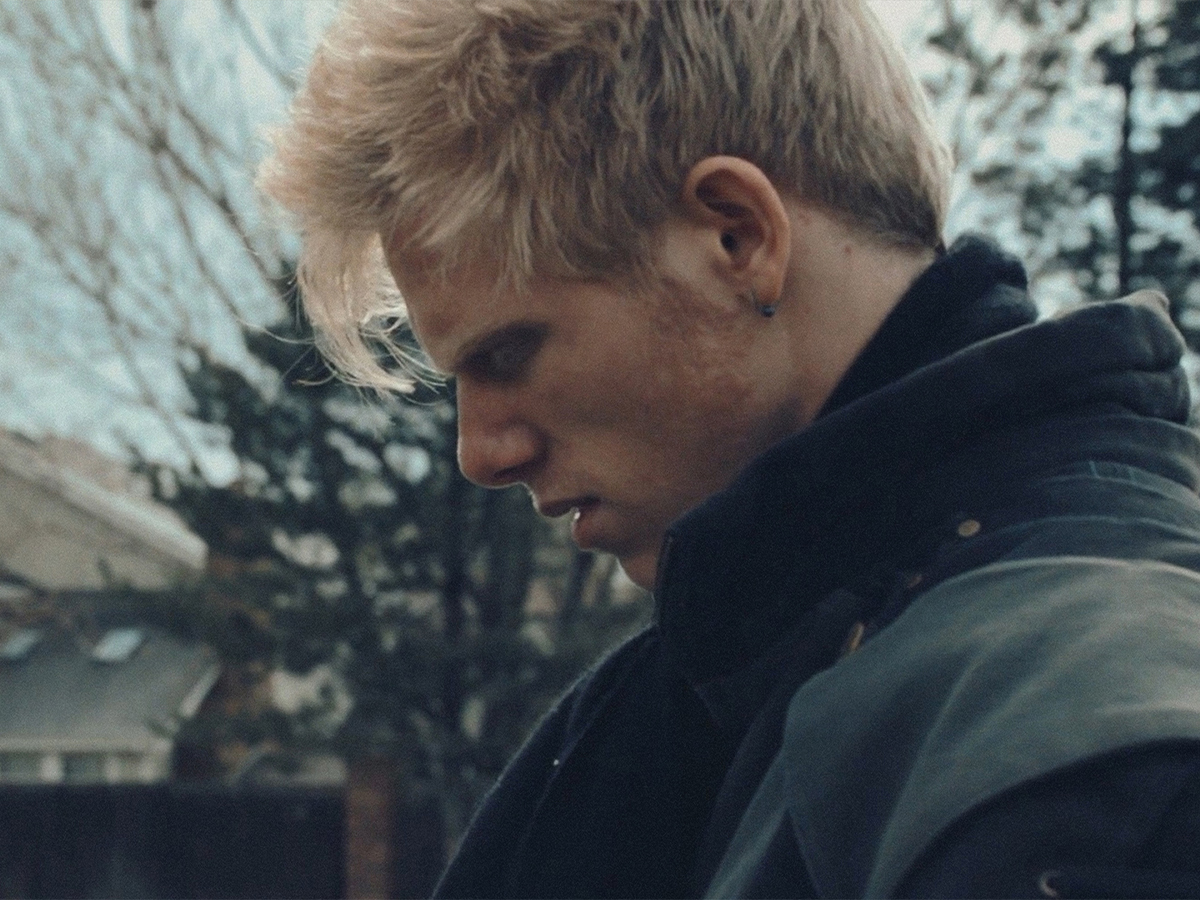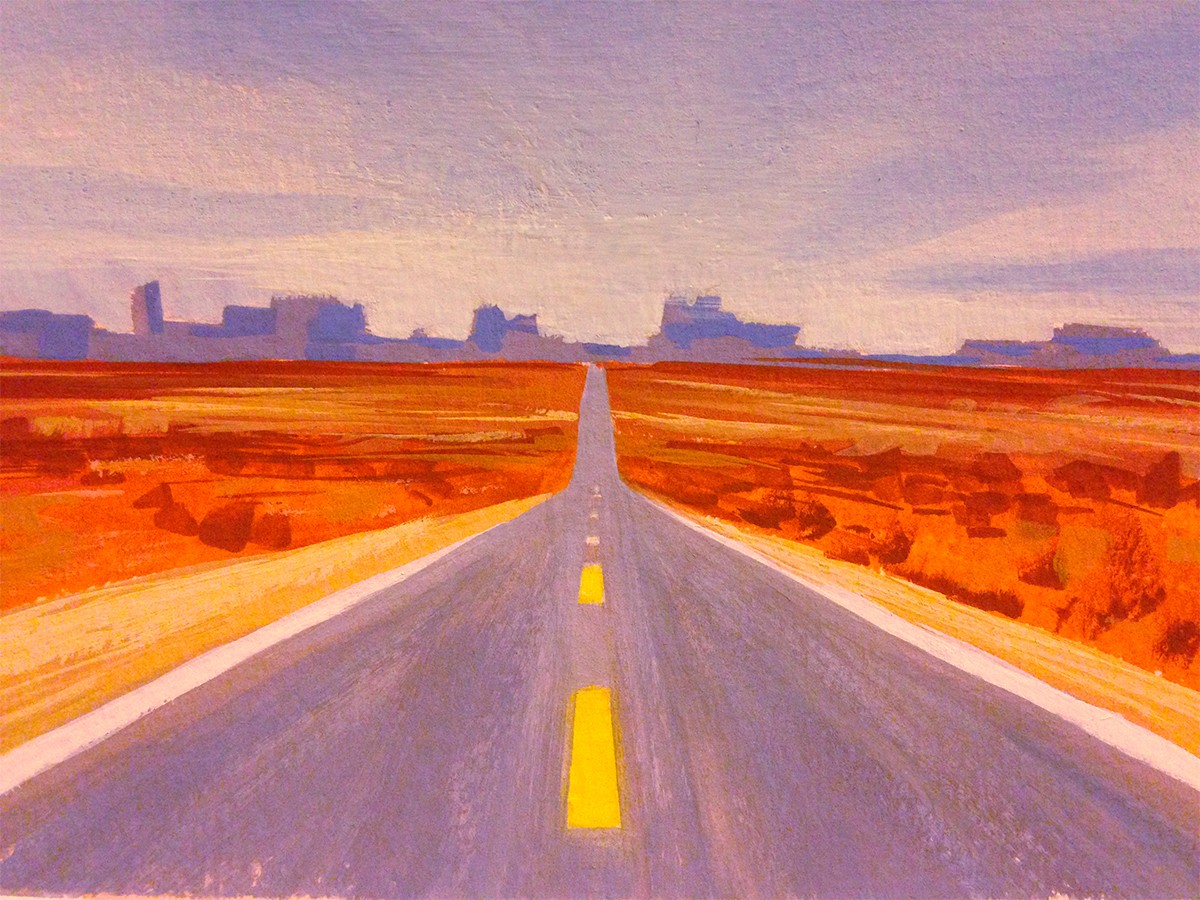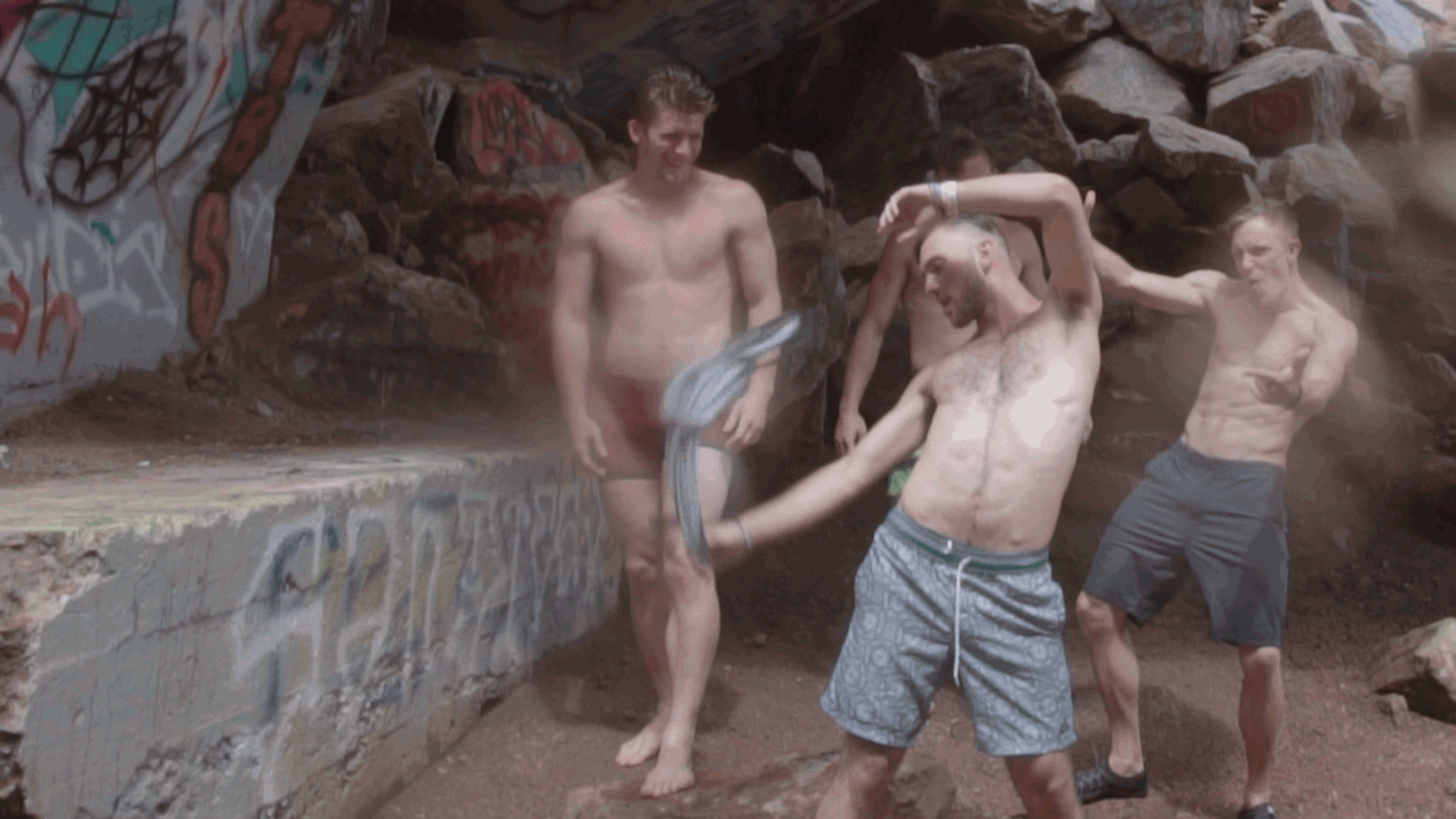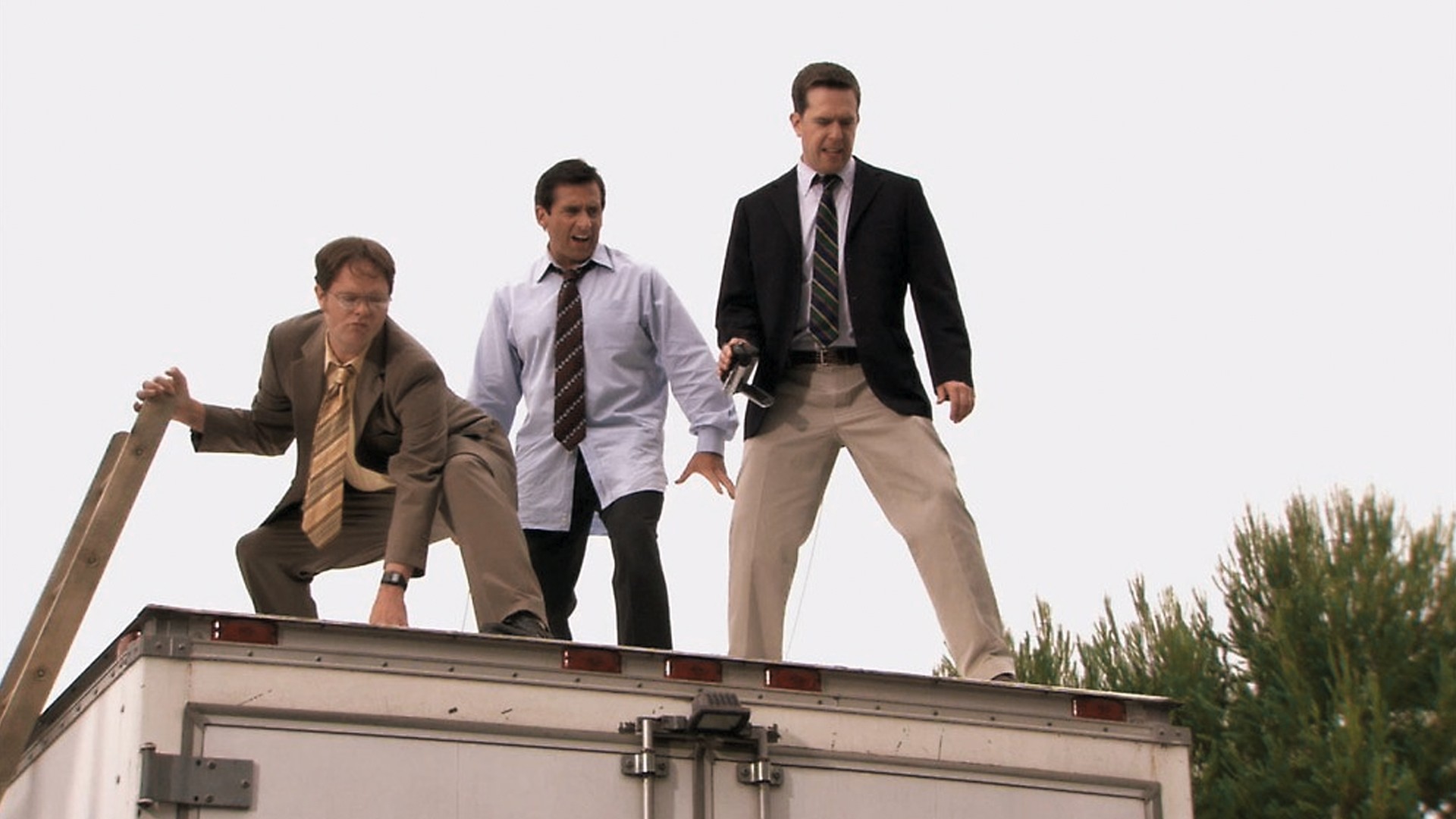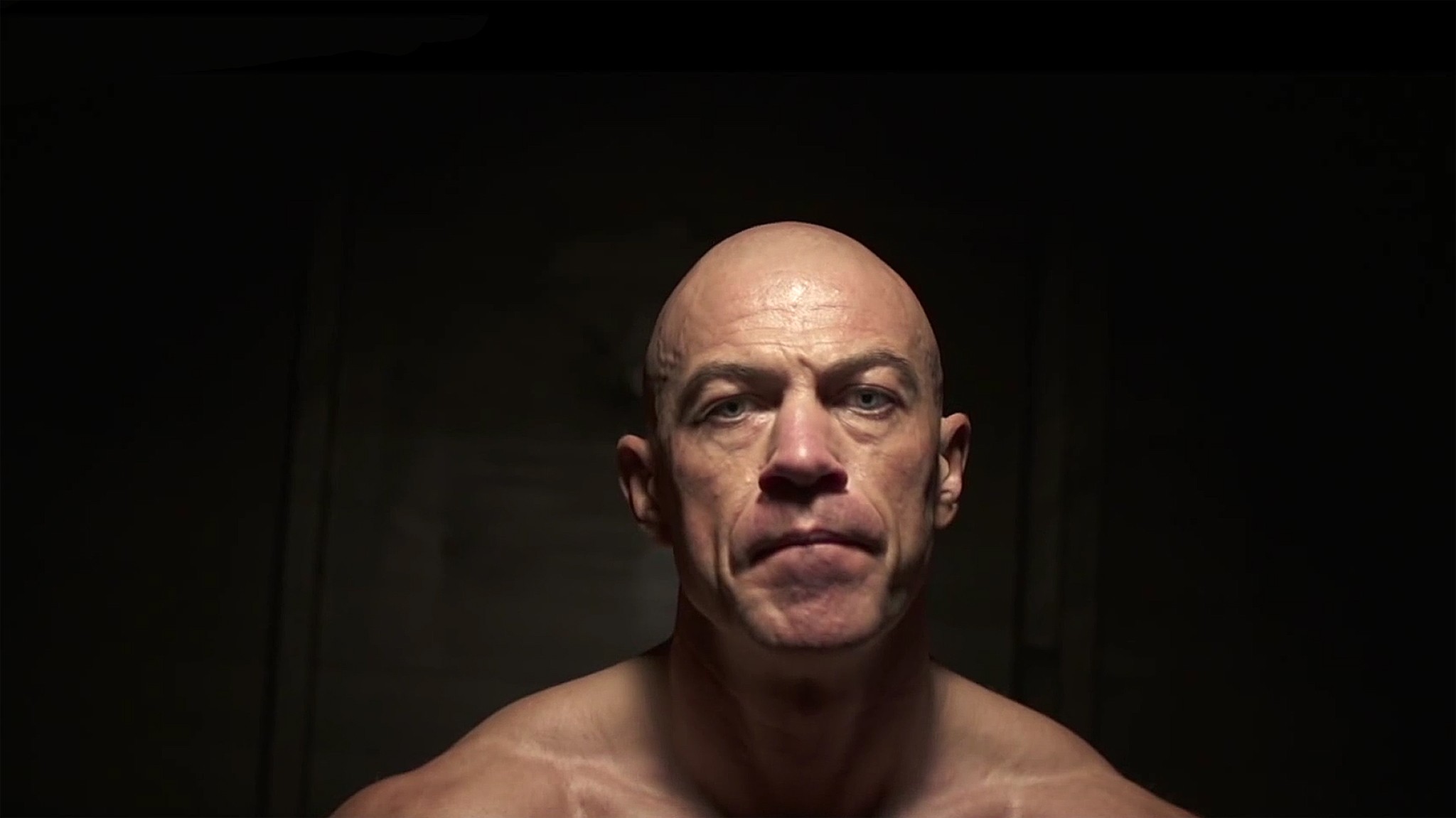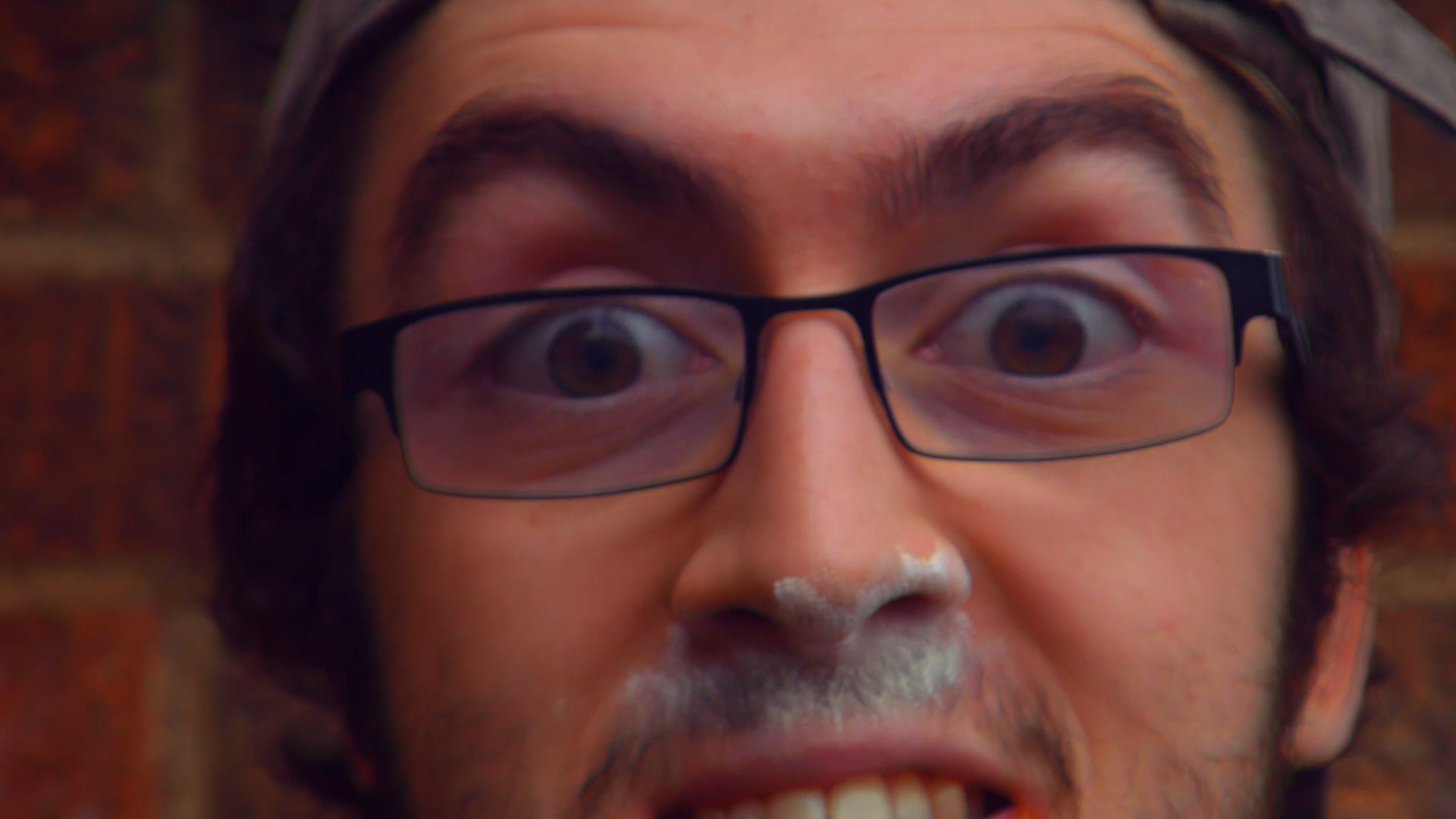Last week, Max Henry launched pre-order campaigns on two crowdfunding platforms, Patreon and Celery. Max is well-known in the community for his fantastic jumps and penchant for all things nerdy. Both platforms are raising money for Max’s upcoming adventures and book release.
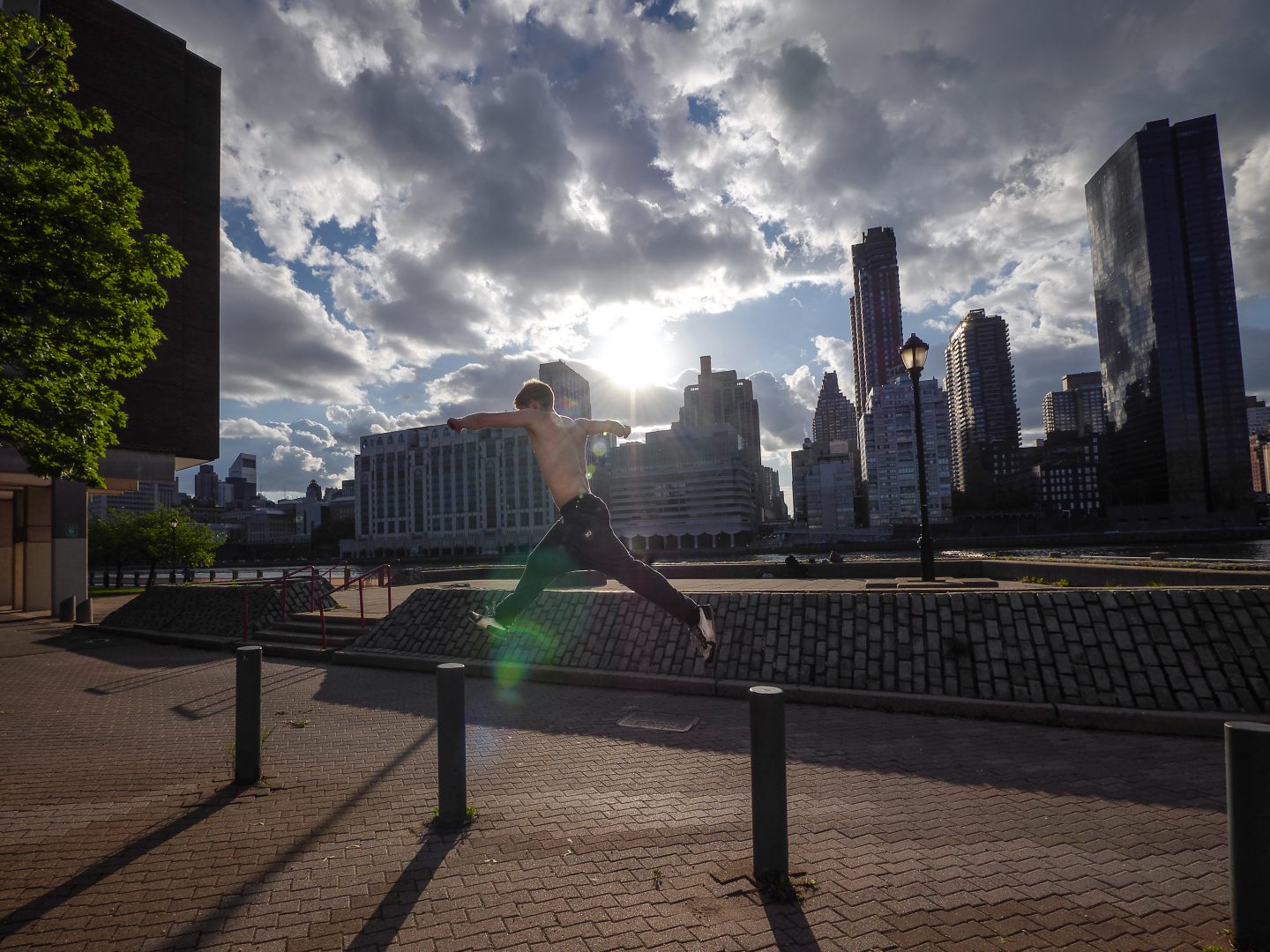
In the press release for both campaigns, Max not only talks about his new book “The Parkour Roadmap: A Guide To The World Of Parkour”, but also an upcoming transition to the van-dwelling lifestyle. Of course, we had to get in touch with Max to find out more.
Is this book important? Why?
Woah, starting off right away with the big questions! Well, I’d definitely like to think this book is important since I’m writing it haha. I don’t think anyone has ever attempted anything in parkour exactly like this, and I believe it will be a really valuable resource to traceurs and freerunners of all skill levels. So in that regard, yes, I’d say it’s important! It’s filling a hole in the community.
Who do you hope will read your book?
I hope everyone! I’ve done my best to cover parkour as holistically as possible, and I think I’ve done it more extensively than has been done before. Beginners will obviously get a ton of information out of this, but I think this book also has a lot of value for high level athletes too. While researching this book I stumbled across so many great things that I’d forgotten about, and going over them now has really helped reshape my outlook on parkour. Not to mention, I’m including an entire chapter dedicated to improving the day-to-day training of “advanced” traceurs that’s full of tips I’ve picked up from my travels around North America and Europe. I’m also really hoping this can become a resource that we can give to people outside of the community to help explain parkour. I’d love to see this book used as a reference for a news report or article on parkour someday.
The landscape of the modern scene is very different from the heyday of the forums. How has that changing landscape influenced the contents of this book?
Great question! Since I started parkour really heavily involved in the forums and the online scene, that’s obviously shaped my outlook on both the community and training in general. I’ve done my best to capture some of that magic and nostalgia and put it in this book…not as a tribute to something dead, but rather to remind us how vibrant and beautiful parkour was when we started. There’s also so much great information in the old forums that new traceurs just don’t have access to.
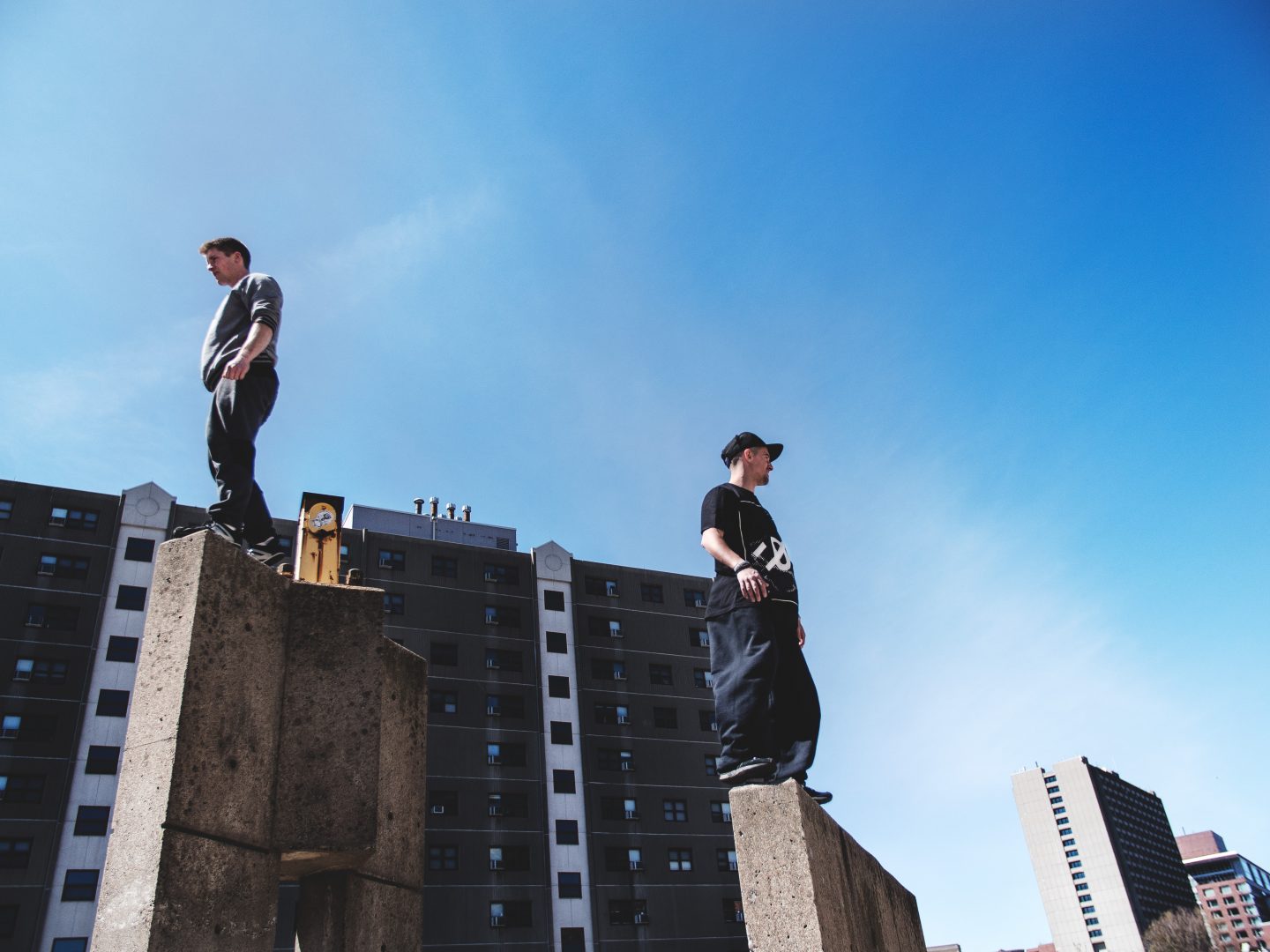
Some of the most inspiring, formative things I’ve encountered in parkour are on archived parkour.net forum posts and old blogs that only a handful of people have read. One of my biggest goals with writing this book was to make these “secret sources” accessible to everyone. That having been said, I’m trying to balance doing that without spoon-feeding people the information. These sources are all included as in-text links or references, so it still requires effort and curiosity to explore them. But I think that tiny bit of personal investment makes a huge difference in how much the reader will value them!
There may be some overlap in your answers to the previous question here but: How have changes in the community landscape made the contents of this book more, or less, valuable?
I think this book is more valuable now than ever! Right now, we’re seeing a huge proliferation in the amount of resources available to people interested in starting parkour. Between parkour gyms, Crossfit gyms, gymnastics gyms, YouTube tutorials, books, and websites offering “parkour” programs, it’s getting increasingly difficult to separate what’s legit from what isn’t. If you’re starting out now, you’ll hear twenty different opinions on the definition of parkour, or whether a split or punch kong is better, and you’ll have no frame of reference to judge these opinions. What I’m hoping is that this book becomes one of the universally accepted places to “start” parkour, and can be that initial reference point. A big chunk of [the] chapter for beginners deals with finding trustworthy sources for learning parkour, be it in person or on YouTube. A lot of people I know complain about kids learning rail precisions or climb-ups from Jesse LaFlair’s tutorials or Ronnie Shalvis but the fact of the matter is their materials are the most accessible for beginners! They’re easy to digest, uncomplicated, and cover most questions a beginner would have. Jesse’s tutorials are some of the most comprehensive out there, and while he may not have Phil Doyle’s landings, they’re a great (though limited) resource. There are a small handful of better sources out there, but if you don’t know to look for them you won’t find them. And that’s what I’m hoping my Parkour Road Map can help with. So basically bridging the perfectionism and peer-review of the old school with the accessibility of the new school.
If you’re willing to give a spoiler, what chapter or resource out of the book are you most excited for people to read? Maybe specifically for people who may not have been around for the forum days? People for whom this will be their first opportunity to access this information.
Man, I’m really excited for the whole thing but I guess I can give you a quick chapter breakdown. Chapter 1 goes through the development and history of parkour, from Hébert to the Yamak and DB all the way up to the present day. I don’t think anyone’s written out the development of parkour post-Jump Britain and it’s been really fun writing about Oleg and Ilabaca and everyone else! That should be an entertaining read if you’re a parkour geek like me. I also draw a lot on Julie Angel’s work and think I’ve summarized the early history of parkour more accurately than most previous attempts.
Chapter 2 is my chapter for beginners and goes over everything from basic conditioning to a list of popular parkour clothing companies. Chapter 3 is more for intermediate athletes. I talk about training in all conditions, jam etiquette, traveling for parkour, and a handful of other topics geared toward traceurs who are a year or three into their training. Chapters 4 and 5 address the philosophical underpinnings and traditions of parkour, as well as the social aspect. Includes talking about property laws, Leave No Trace, dealing with police, and some other stuff (trying not to give away too much!). Chapter 6 is my chapter on training for advanced athletes and Chapter 7 is about the future of parkour. That’s it! I honestly think that every chapter has tidbits of great information for everyone, so I think people will be stoked throughout the book. But so much really depends on the individual that’s reading and what they want out of the book!
Is there anyone you want to give a shout out to? Anyone who has been particularly helpful in the development of this project?
Absolutely! This project would have been insanely difficult without the support of Know Obstacles. I’ve been working with them extensively over the past year on various projects but they helped me get this book off the ground and have continued to support it since. Thanks to their help, I’ll be able to make this book available for donation-based download without worrying about having to starve. I’m still on a ramen diet, but at least I’m not starving! I’d also like to thank anyone that has (already) donated to my Patreon account/PayPal and anyone who will in the future! I’ve probably spent about $300 buying parkour books and movies researching for this book, not to mention the hundreds of hours of actual writing, so any financial support at all is a huge help.
You’ve made access to this book available to literally anyone. That’s a big investment of your time and energy into a community that quite frankly, hasn’t done an amazing job of showing support for itself. That’s a big statement. How do you hope readily available access to this book will shape the community going forward?
I remember in 2008 when Duncan (TK17) Germain’s “Project Pilgrimage” documentary came out. I was in a science research class in 11th grade and I ended up almost failing the class because I kept rewatching Pilgrimage instead of doing my research on crystalline nanotech. Now I know I was researching, just not for science reasons…haha. But in all seriousness, that film was one of my biggest training inspirations for years and it was completely free. Looking back, Duncan put so much work into that and created what I think is still probably the best long-format parkour video ever made. And he got nothing out of it as far as I know, other than the satisfaction of giving back to the community.
Any success or recognition I’ve had in parkour is all thanks to those early influences. It’s thanks to people working their butts off to produce inspiring content that some scrawny 14-year old kid in Long Island could go out and run around behind his high school for four hours a day and eventually get pretty solid at jumping on stuff. So for me, I feel like I couldn’t possibly charge for something built on the work of hundreds of people. I’m glad to accept donations…if people value my book, I’ll trust that they’ll show me their value through a financial contribution. But I don’t want some nerdy kid in Gaza or Bolivia or Kenya to miss out on all this information just because they can’t afford it. That’s never been what parkour is about.
Let’s change gears here: It sounds like you’re going to be living the Alex Honnold Van life; That’s really exciting! Tell us more about what your plans are for that.
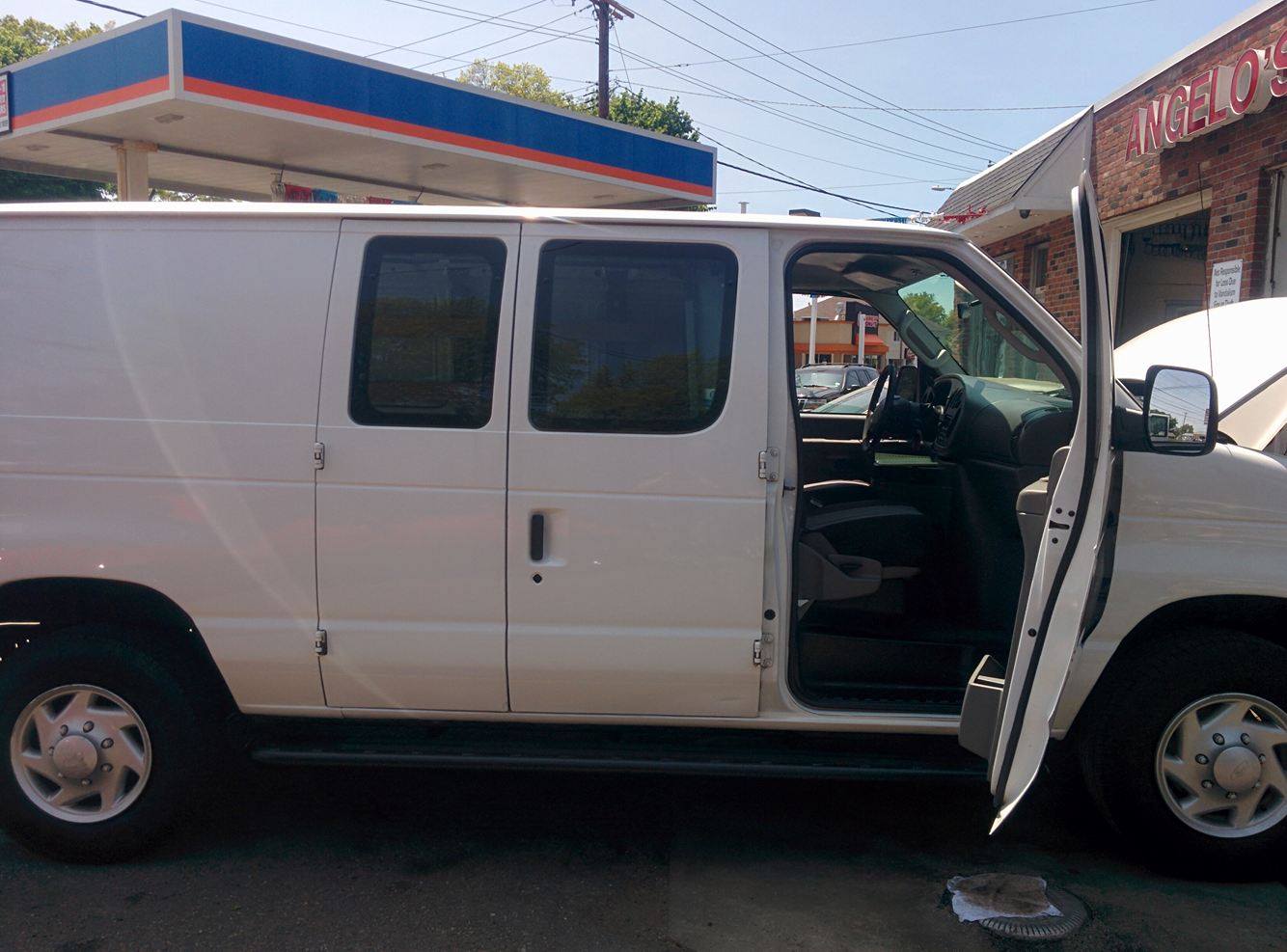
Yup! I’m in the process of buying a van [a 2007 Ford E-250] to use as a mobile base. I’ve been looking to move out from my parents’ place for a while but the New York City area is disgustingly expensive and my life revolves around travel so I decided to check out the van life for a while.
And by check out, I mean throw all my savings into a used van and hope that it doesn’t break down in three months and leave me broke with no options! But either way, it’ll be a great experience haha.
You say that your plans for the van life are indefinite, what are your goals for the foreseeable future?
I’ve been working on a workshop curriculum for intermediate/advanced parkour athletes and I’m going to be taking this curriculum on the road and teaching monthly/bi-monthly workshops to sustain my vagabond lifestyle. There are so many gyms popping up these days and a lot of them are run by awesome coaches that nevertheless only have four or five years of experience. I’ve met so many people in the community and traveled so much that I think I have a pretty unique perspective on training, and I’d like to share it with more people. I’m hoping that I’ll be able to check out some of these smaller gyms and maybe help boost their programs a little bit while keeping bananas and peanut butter in my tummy!
How does this book play into those goals?
Since I don’t own a gym or have a program at one, it’s always been a bit tough for me to be recognized as a coach in parkour. I think there’s a perception among good parkour instructors that elite athletes are poor coaches.
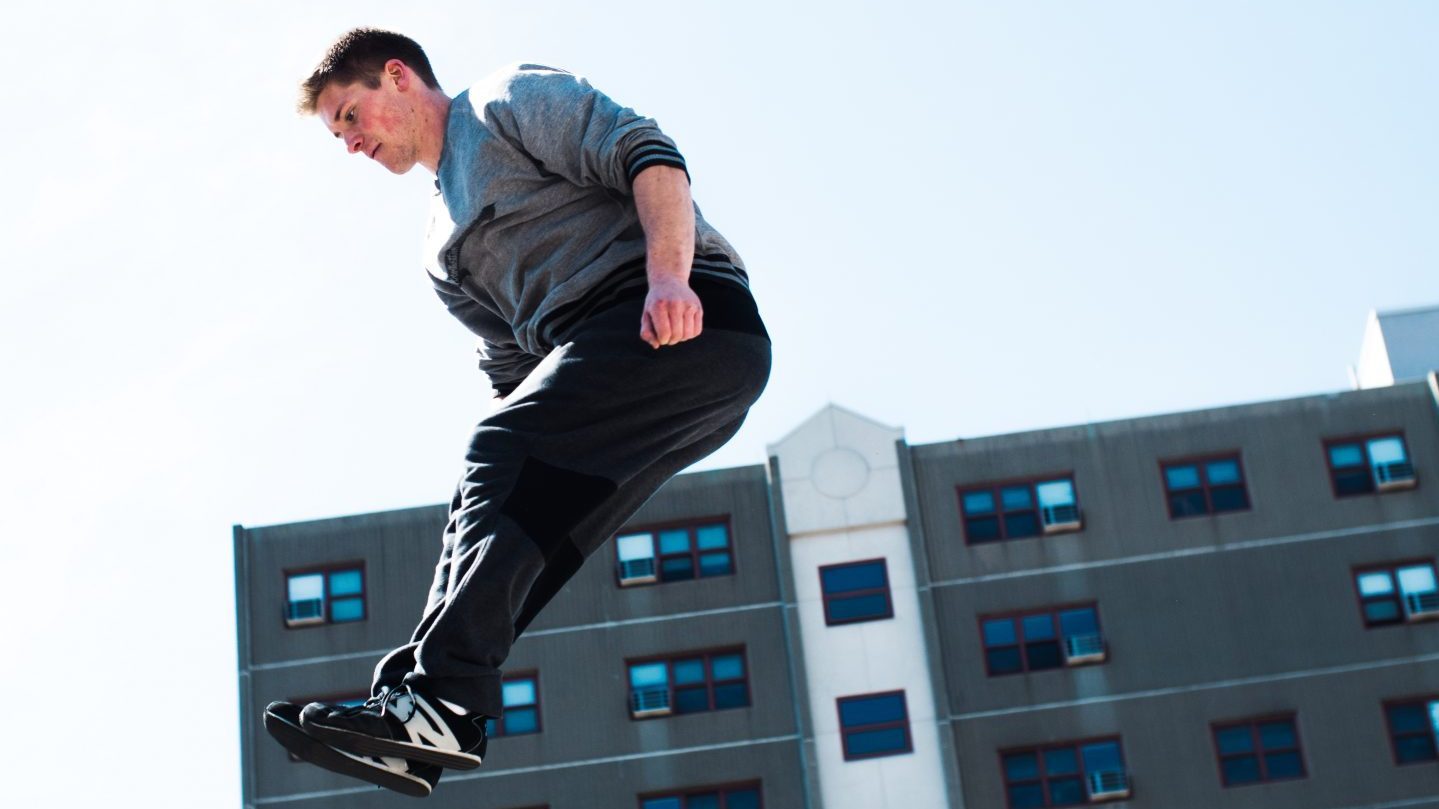
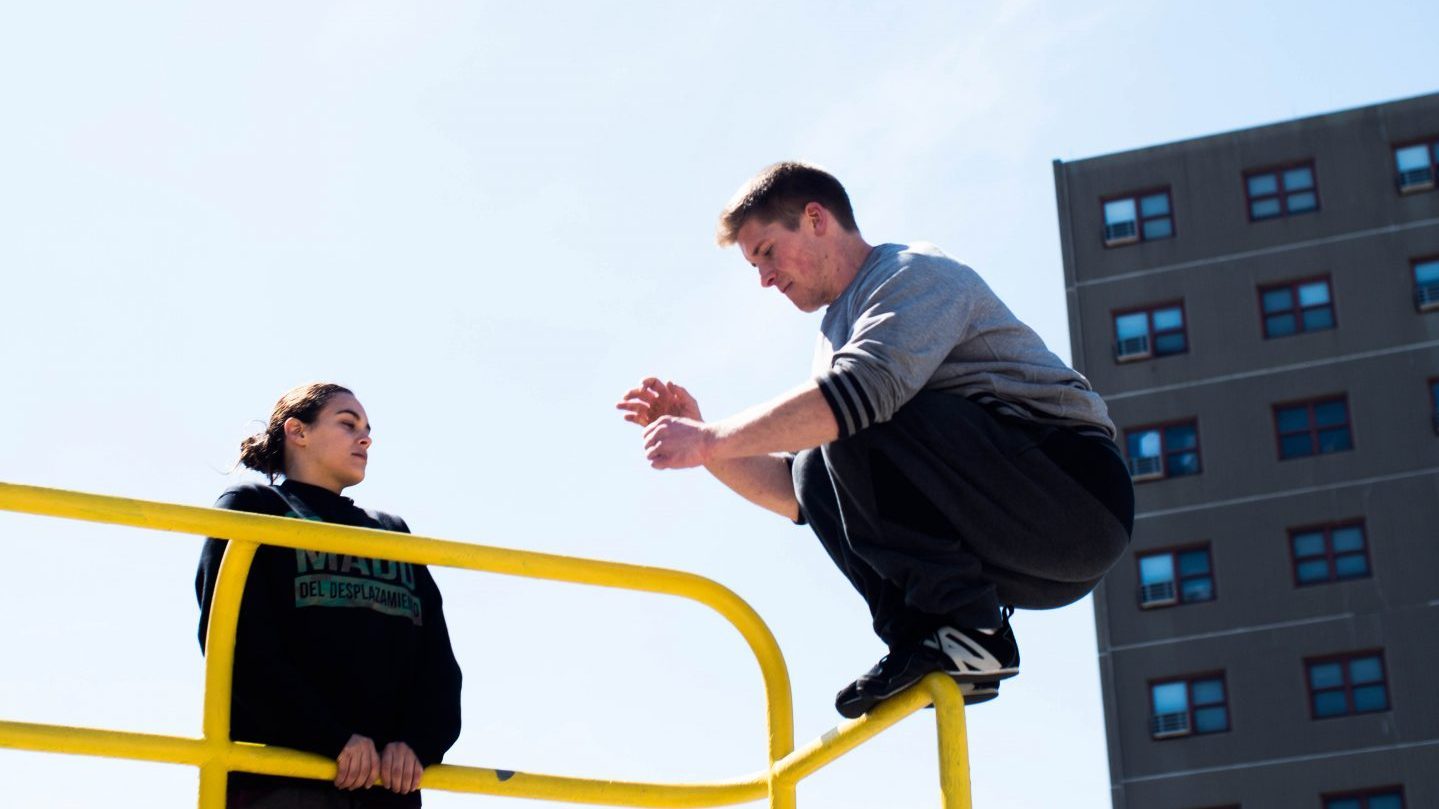
While this is certainly true for some, I’ve been coaching for seven years and take pride in my ability to help others improve their training! My book, particularly chapters 3 and 6, will introduce some of the topics that I will be delving into in my workshop curriculum and I’m hoping that it will generate some interest in those workshops. I’d also love it if the book provided a bit of passive income while I’m on the road, but I’m not banking on that by any means haha.
Changing gears one last time: You really own up to the nerdy aspect of your role in the community. I think that a lot of people will also know that your original interest in parkour was the potential practicality and usefulness of the movements. I’m curious whether, looking back on yourself when you started, you think those two things are linked?
Like I said earlier, so much of my movement and who I am today can be traced back to my earliest influences in parkour. I really idolized David Belle and the Yamakasi and loved the “old school” vibe…to be honest, I still do! I met Williams Belle briefly at the PK Gen Rendezvous in 2013 and had a really funny fanboy moment haha. But yeah, for me parkour has always been about living out the philosophy and measuring up to the standard of effort that the original guys set in the late ’90s. There are so many inspiring stories about how hard they pushed themselves, and I used to read them over and over again before training. I actually printed out Blane’s “Dilution” article, an old Thomas Couetdic blog post, and some old 3Run forum posts in 2008 and stapled them together into a little booklet that I carried around to every training session. For me, the philosophy behind the movement gave my life a depth of meaning that I think I’d felt it lacked…I was suddenly able to live out epic adventures like Lord of the Rings or The Sword of Shannara!
My nerdiness has always been largely based in the fantasy/comic realm and those stories are centered around personal challenge, willpower, sacrifice, and altruism. Parkour, as I found it, fit perfectly into that world and made me feel like I could become one of the heroes from those stories. It inspired me to become the ideal version of myself, and I think that’s why I feel so strongly about preserving the differentiation between parkour and freerunning. For me, like many of the guys who inspired me, parkour has always been about developing the physical strength and the strength of character to overcome whatever is in my way. How else can I become Aragorn or Batman?
Any aspects of the projects I missed? Any take away you want to emphasize for people?
I think that’s pretty much it! I hope I didn’t bore anyone with these long ass responses…this is obviously something I’m very passionate about so I can talk at length about it! But in all seriousness, I’m really looking forward to getting this book into the hands of practitioners around the world. I’m doing my best to create something that everyone can enjoy and that I can be proud of, and I think this could be an amazing resource for the thousands of people starting parkour each day!
For anyone that would like to help fund this project, I’ve created two pages where you can show your support by pre-ordering! The first page on Celery is a bit easier to navigate but will only let you pre-order for a “suggested donation” price of $14.99. If you’d like to pre-order for a different price, you can do so through my Patreon page [Or PayPal account maxhenryparkour@gmail.com]. Patreon pays the user monthly, but I’ll only be using it for two months so count on two payments!
All proceeds from pre-orders go straight to building out my van!
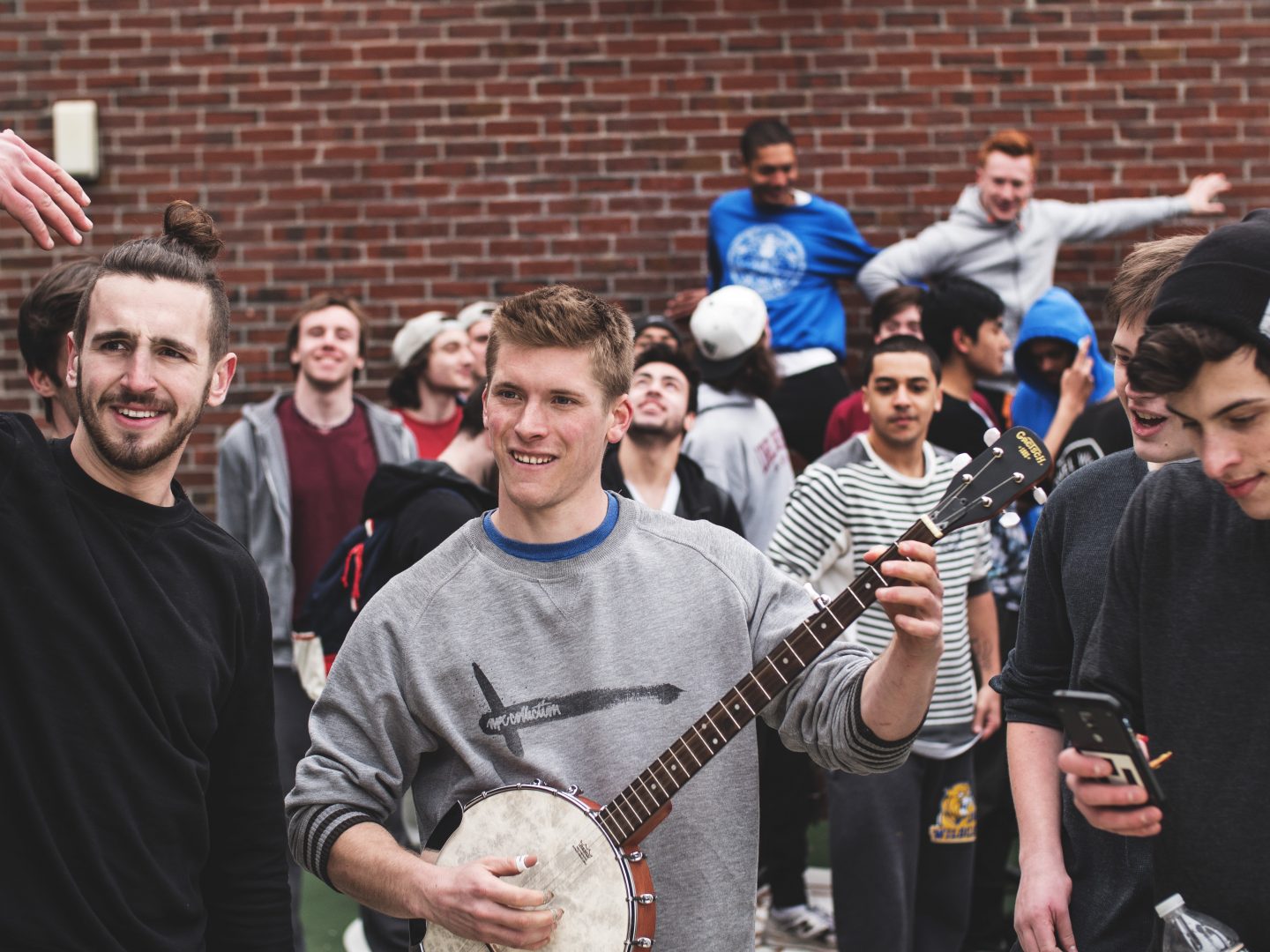
Photographs © Steve Zavitz, Max Henry
Want more? Subscribe to help us create more stories like this one and to make sure that we’re able to continue creating the content you love.


